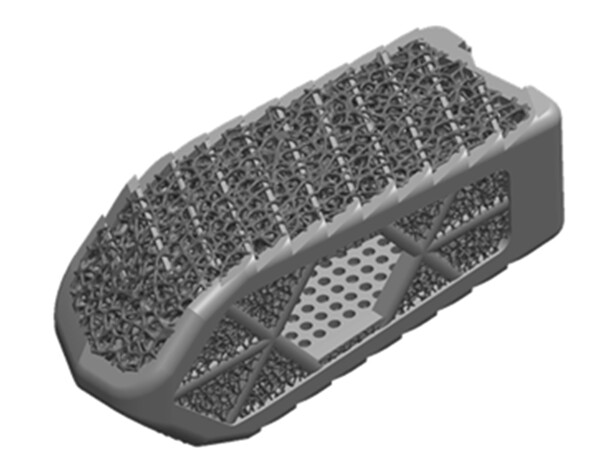CG MedTech, which researches and manufactures orthopedic implants, said Friday that it has received medical device manufacturing authorization for its Patient-Specific Interbody Fusion (PSIF) cage from the Ministry of Food and Drug Safety.
Interbody fusion is a treatment that involves placing an insert between the vertebrae of the spine (intervertebral bodies) to fuse bone tissue together. It is used in surgery for patients with disc disease or spinal deformity. The product is a customized cage (insert) made to fit the patient's spinal anatomy to aid in this fusion.

The company said it is made on a three-dimensional printer to fit the individual patient's anatomy based on X-ray, computed tomography (CT), and magnetic resonance imaging (MRI) data.
Unlike a standard cage, it is made to reflect the patient's anatomy, allowing for more precise spinal alignment and a more personalized surgery.
It also features a porous structure designed to allow bone tissue to grow naturally inside, speeding up osseointegration and maximizing postoperative stability. According to a CG MedTech official, this not only shortens the patient's recovery period after surgery but also reduces the risk of further complications by increasing the cage's fixation and minimizing postoperative movement.
Starting later this year, CG MedTech plans to work with hospitals to evaluate and validate the product's performance. The company hopes this process will allow it to verify the actual therapeutic effectiveness and usability and make improvements based on feedback from medical staff. In addition, the company is considering developing a system that can shorten the cage production time from three weeks to three days.
“We plan to develop a system that dramatically reduces the manufacturing time for customized implants, helping patients receive treatment more quickly,” CEO Chung Ju-mi said. “We will provide a more precise surgical environment for medical staff and expand safe patient-specific solutions.”

